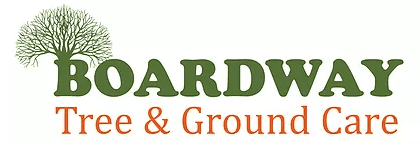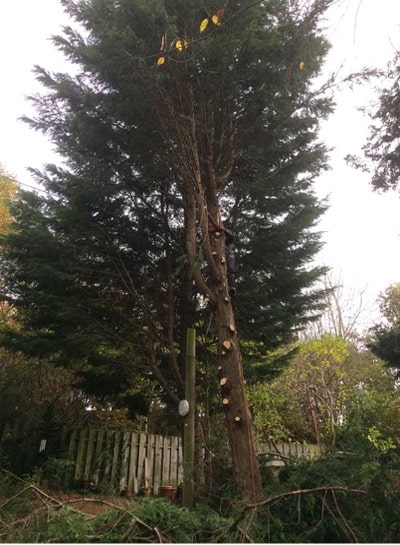
Tree pollarding is a very important part of garden maintenance that dates all the way back to the medieval times. Back then pollarding the upper branches of trees was done to ensure a regular supply of firewood, basket weaving materials and fodder for the animals.
In this day and age tree pollarding is done to keep trees and shrubs a well maintained and manageable size. It helps keep the plants healthy as well as adding to the aesthetics of a garden.
What Does Tree Pollarding Do?
Tree pollarding is used to:
- Rejuvenate shrubs and trees, by thinning out the spindly or weaker branches it allows the trees life force to flow into more viable parts. This is also good for removing any rotting or diseased limbs that could one day become a hazard or even effect the welfare of the entire tree.
- Encourage healthy grown of plants beneath the tree. Un-pollarded trees can form a canopy over a garden, blocking out sunlight and not allowing air to circulate efficiently. By thinning out the trees the sunlight will be able to reach the ground and fresh air will circulate resulting in a much more vibrant and healthier garden.
- Increase lower-level foliage. No one wants their eye level view to be filled with spindly brown wood. Pollarding trees ensures that new growth is visible at lower levels.
- Increase Garden Space. Tree growth both horizontally and vertically can quickly fill up landscape space within the garden and really effect how much you can actually enjoy it if they are left unchecked.
- Change the balance of a tree. Trees that are top heavy, especially when close to buildings, can become dangerous in high winds. Pollarding and other tree surgery work can help to reduce the tree canopy exposure to wind and reduce the chance of a tree falling.
- Keep trees and srubs a safe distance from 3rd party services such as phone lines, electricity cables street lighting etc.. As a landowner it will be your responsibility to ensure your trees don’t pose a risk to these services.
What Are The Best Trees To Pollard?
These broadleaf trees are well suited to pollarding:
- Beeches (Fagus)
- Maples (Acre)
- Chesnuts (Aesculus)
- Willows (Salix)
- Planes (Plantanus)
- Lindens/Limes (Tilia)
- Oaks (Quercus)
If your tree isn’t mentioned on this list then just give our team at Broadway Tree & Ground Care a call and we will be able to advise you on the suitability and best time of year for pollarding.
If you need a tree surgeon to manage the trees in your garden, then contact Boardway Tree & Ground Care today – 01555 807 495


